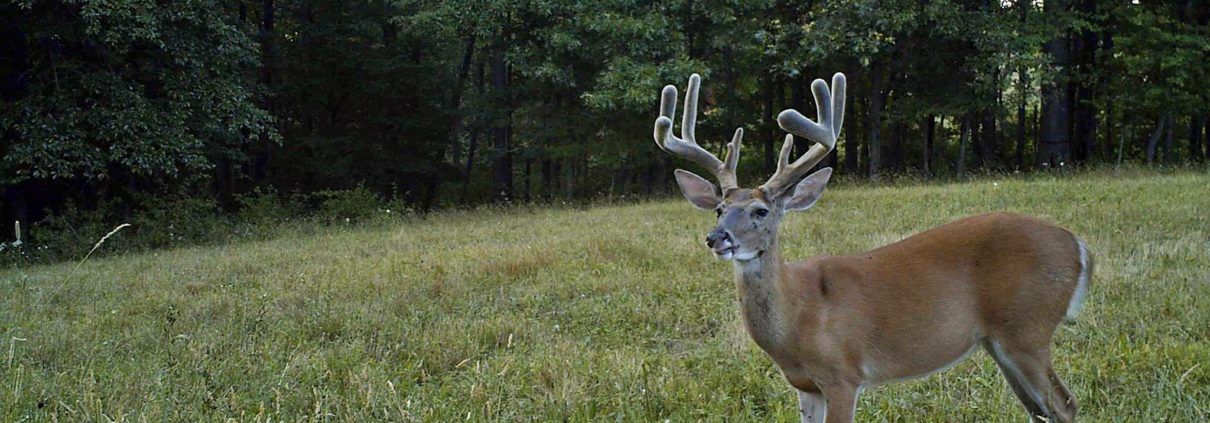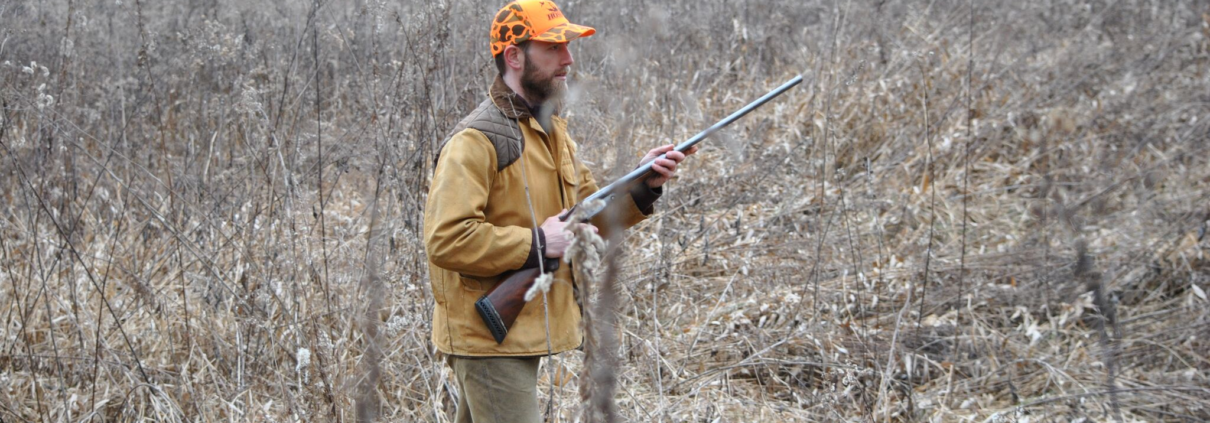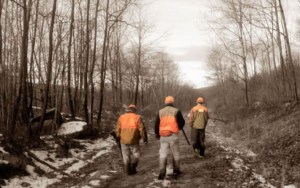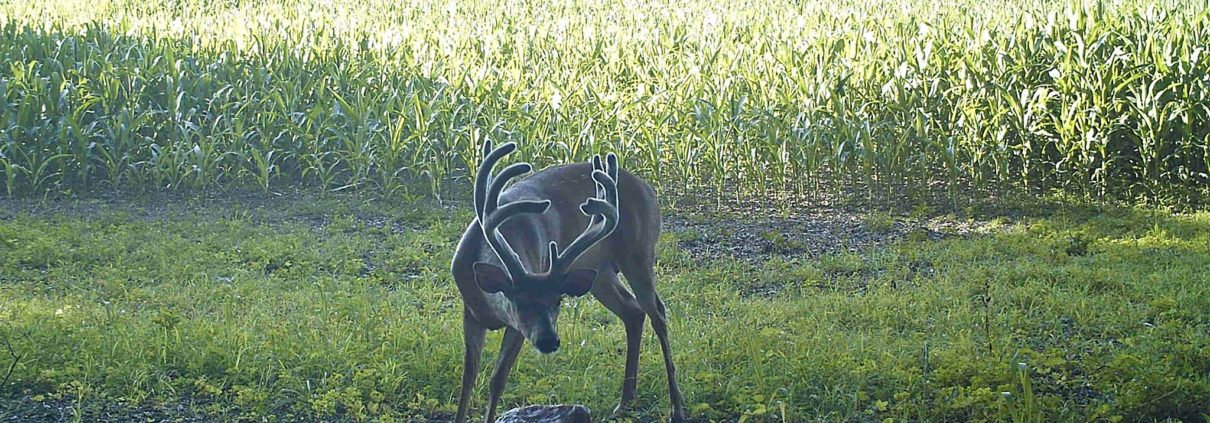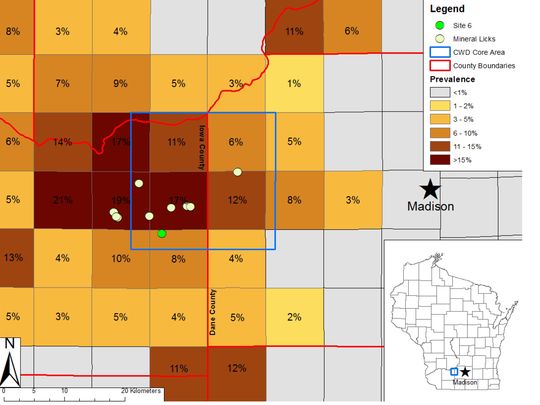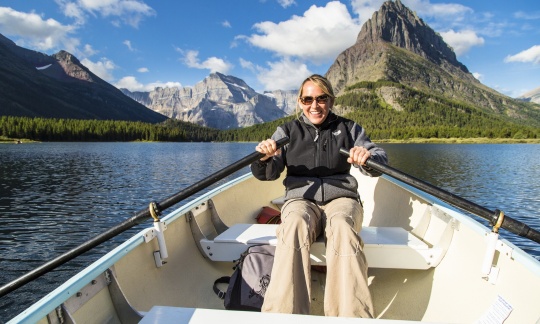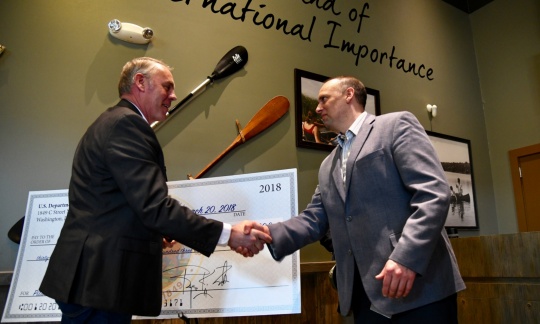CWD Monitoring and Research Funding Dries Up
Read Original Blog on Petersens Hunting
Once Chronic Wasting Disease (CWD) made national headlines, the U.S. Department of Agriculture Pumped Millions of dollars into monitoring and research efforts. CWD, now found in 23 states and three Canadian provinces was determined not to be transmissible to humans, questionably leading to the downsizing of allocated funds to the monitoring and research efforts.
Kip Adams, Director of Education for the Quality Deer Management Association (QDMA) said: “My Understanding is that once it was determined that CWD was not transmissible to humans the USDA saw no need to keep funding…”
The Chronic Wasting Disease Management Act (HR-4454) introduced to the senate in November formed by the National Deer Alliance, QDMA, National Wildlife Federation, and the CWD Alliance aims to dedicate $60 Million for CWD monitoring and research.

